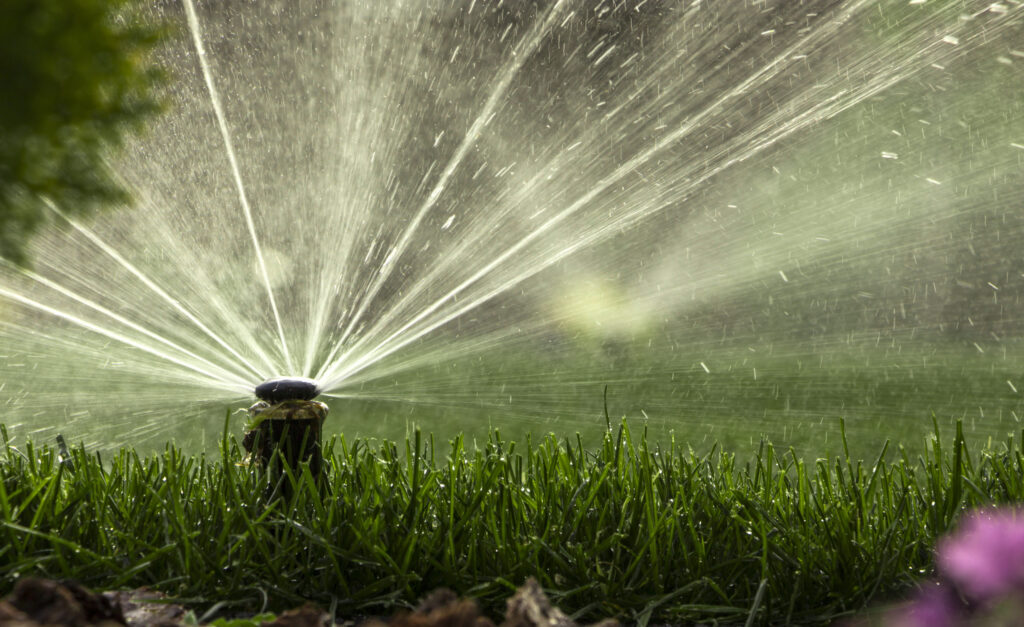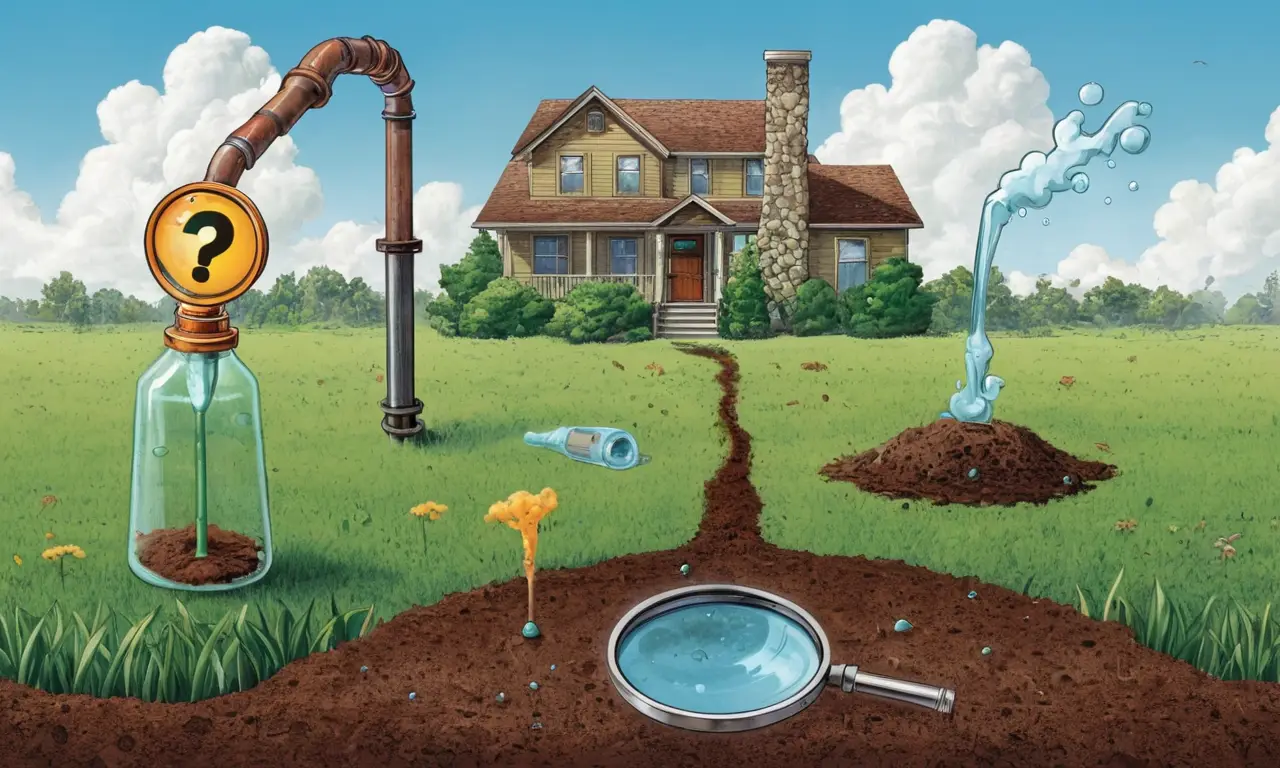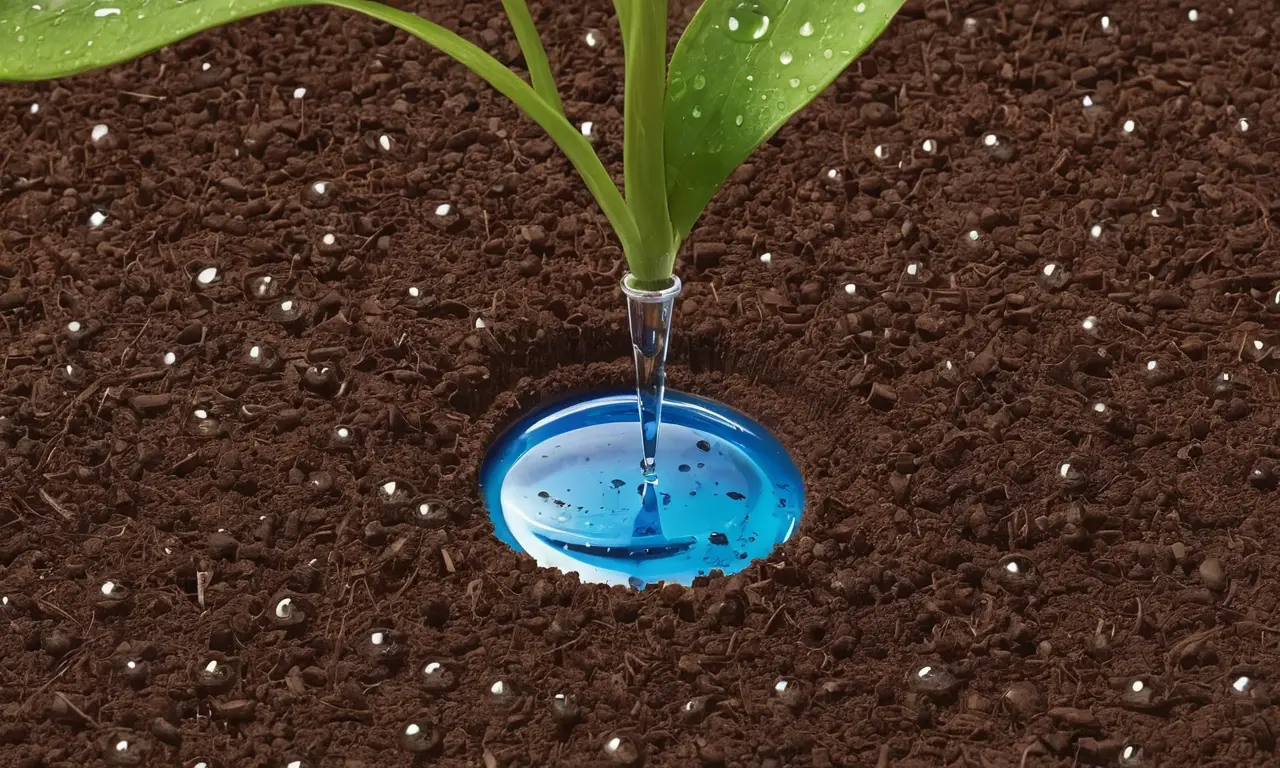
Your lush, green lawn is a source of pride and beauty, but have you ever stopped to consider the quality of the water nourishing it? While sprinklers are essential for keeping your grass healthy and vibrant, the water they deliver might not always be as pristine as you think. Understanding sprinkler water quality is crucial for ensuring your lawn thrives and remains free from potential contaminants.
This article delves into the factors influencing sprinkler water cleanliness, explores common contaminants, and provides practical tips on testing and maintaining your system to ensure you’re delivering the best possible hydration to your lawn.
Sprinkler Water Quality Concerns
The primary concern surrounding sprinkler water quality is the potential presence of contaminants that can harm your lawn, plants, and even pets. While most irrigation systems are designed to deliver clean water, various factors can compromise its purity along the way. Contaminants can range from harmless sediment to harmful bacteria or chemicals, impacting both the health of your lawn and the overall environment.
One significant concern is the potential for algae growth within sprinkler systems. Stagnant water in pipes and sprinklers can become a breeding ground for algae, which can clog nozzles and spread throughout your lawn. Algae blooms can also release toxins that are harmful to plants and animals. Furthermore, contaminated water can lead to nutrient imbalances in your soil, hindering healthy plant growth.
Contaminants in Irrigation Water

Irrigation water can be contaminated by various sources, both natural and man-made.
Natural Sources:
- Soil Erosion: Runoff from agricultural fields or construction sites can carry sediment, fertilizers, and pesticides into irrigation systems.
- Wildlife Activity: Birds, rodents, and insects can contaminate water sources with droppings and decaying matter.
- Groundwater Contamination: Natural geological formations can leach contaminants like minerals or salts into groundwater used for irrigation.
Man-Made Sources:
- Industrial Discharge: Wastewater from factories or industrial processes may contain harmful chemicals that enter irrigation systems.
- Agricultural Runoff: Overuse of fertilizers and pesticides in agriculture can contaminate water sources used for irrigation.
- Urban Runoff: Stormwater runoff from streets and parking lots can carry pollutants like oil, gasoline, and heavy metals into irrigation systems.
Factors Affecting Water Cleanliness
Several factors influence the cleanliness of your sprinkler water:
- Source: The origin of your irrigation water significantly impacts its quality. Groundwater sources are generally cleaner than surface water sources, which are more susceptible to contamination.
- Maintenance Practices: Regular maintenance of your sprinkler system is crucial for preventing contamination and ensuring clean water delivery. This includes flushing pipes, cleaning nozzles, and inspecting for leaks.
- Local Environmental Conditions: Factors like rainfall patterns, soil type, and proximity to industrial or agricultural areas can influence the cleanliness of your irrigation water.
Testing Your Sprinkler Water

To determine the quality of your sprinkler water, consider testing it for various contaminants:
- Sediment: A simple visual inspection can reveal sediment buildup in your sprinkler heads or pipes.
- pH Level: A pH meter can measure the acidity or alkalinity of your water, which is important for plant health. Ideal pH levels for lawns typically range from 6.0 to 7.0.
- Nutrient Levels: A soil test can reveal nutrient imbalances in your lawn, indicating potential issues with irrigation water quality.
Maintaining Clean Sprinkler Systems
Regular maintenance is essential for ensuring clean and efficient sprinkler systems:
- Flush Your System: Regularly flush your sprinkler system to remove sediment buildup and prevent clogs. This involves running the system at full pressure for several minutes to clear pipes and nozzles.
- Clean Nozzles: Inspect and clean sprinkler heads regularly to remove debris and ensure proper water distribution. Use a soft brush or compressed air to gently remove any blockages.
- Inspect for Leaks: Regularly check your sprinkler system for leaks, which can introduce contaminants into the water supply. Repair any leaks promptly to prevent further contamination.
Conclusion
Understanding the potential for contamination in your sprinkler water is crucial for maintaining a healthy and vibrant lawn. By being aware of common contaminants, factors influencing water cleanliness, and implementing regular maintenance practices, you can ensure that your irrigation system delivers clean and safe water to your lawn. Remember, testing your water periodically and addressing any issues promptly will contribute to the long-term health and beauty of your green space.
